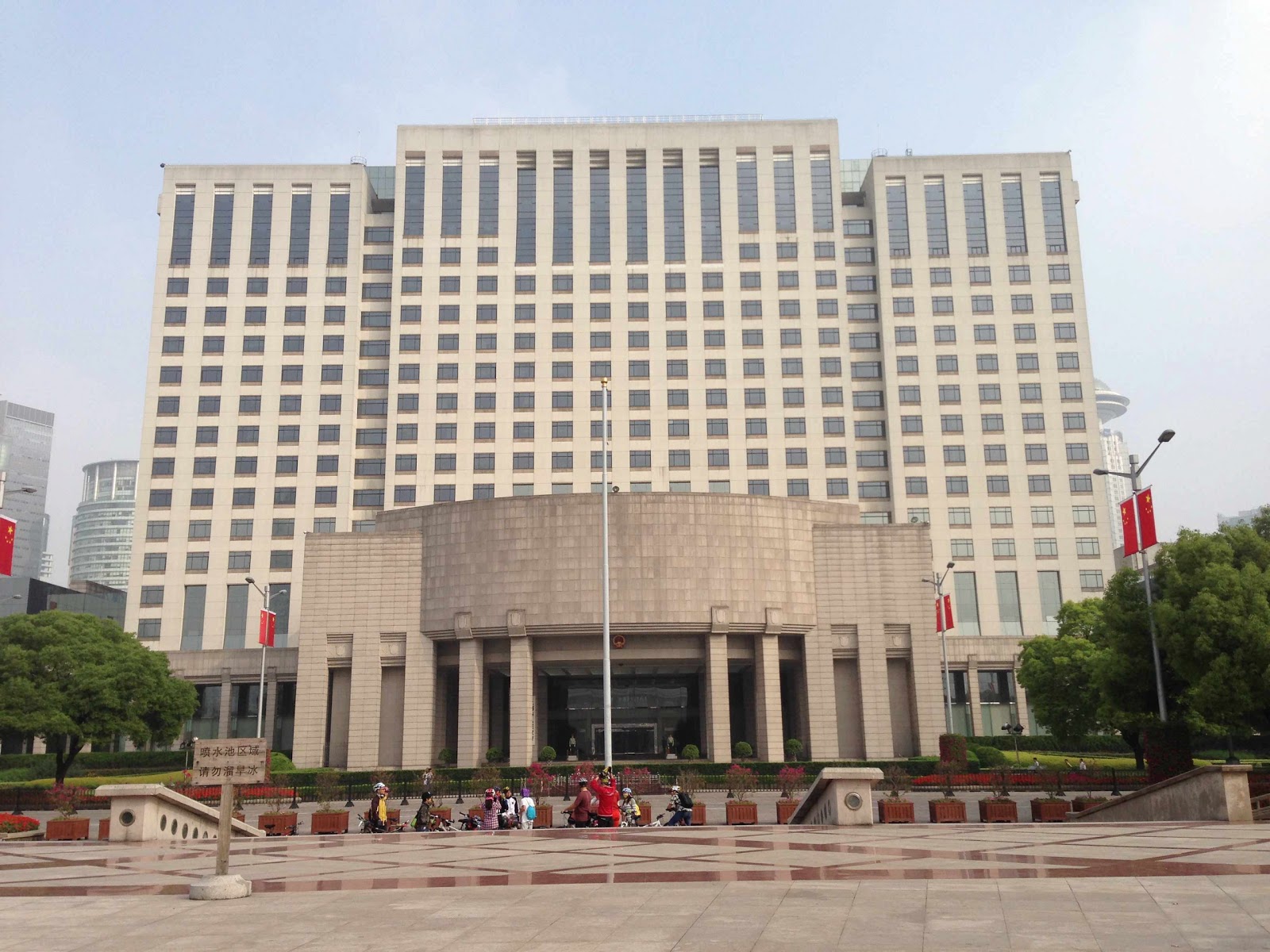
Last year was another great one for emerging markets. The MSCI Emerging Markets Index delivered a 34.8% return in U.S. dollars. Colombia, Egypt and Saudi Arabia all registered triple-digit-percentage gains, and only the Chinese and Venezuelan equity indexes ended the year in negative territory. The emerging market bonds also turned in a stellar performance, with the JPMorgan EMBI+ posting an 11.8% total return.
These eye-popping returns drew, naturally, rivers of cash into emerging market stock and bond funds. Of course, low bond yields and lousy stock returns in the U.S. helped stimulate a global appetite for risk that has driven up the demand for emerging market assets.
But beware: Emerging market booms are usually followed by busts. That’s why you can often expect to take a whiteknuckle ride and at the same time not realize outsize long-term returns.
That said, U.S. investors should, as part of a long-term strategy, have some foreign exposure.As I pointed out in my column of Mar. 1, 2004, having some of your portfolio overseas generates diversification benefits because foreign markets are less than perfectly correlated with the U.S. market. Accordingly, an allocation of, say, 10% of your portfolio to foreign markets will reduce the portfolio’s risk while increasing its likely returns.
But where should you go to obtain your overseas exposure? Many investors embrace a top-down, go-for-growth strategy. They believe that countries with expected rapid growth are the best places to be.
This strategy appeals to common sense. Also, last year’s data appear to validate it: The most recent GDP data for the 25 fastestgrowing emerging market countries indicate that, on average, they grew by 6.3% last year, net of inflation. These 25 countries, for the most part, also yielded great investment returns last year. All this appears to confirm the validity of the go-for-growth investment strategy.
However, even a casual inspection of the data should give one second thoughts about the strategy. The highest growth rates were generated in China and Venezuela, but their equity markets were the only ones in the emerging market universe to register losses last year.
Fortunately, painstaking research by Elroy Dimson, Paul Marsh and Mark Staunton of the London Business School sheds a great deal of light on the go-for-growth investment strategy. They compiled data for 53 stock markets, and, for 17 of these markets, the data span a 105-year period. They found no statistically significant link between previous GDP growth and investor returns. If anything, their findings suggest that owning shares from low-growth countries would have been a better long-term strategy than owning those from high-growth countries.
Over the last decade China’s average annual GDP growth was 9.2% (again, in real terms). Astonishing. No other country comes close. For investors, however, China’s stock market has recently dished up the worst possible combination: high volatility and negative returns. Since its June 2001 peak, the Shanghai composite index has fallen by 44%.
Forget GDP growth. What count in emerging markets, as in other markets, are the dividend yield and the expected growth in dividends. The current yield on the Shanghai exchange (A shares) is only 1.1%, and dividend growth prospects aren’t good. Even Zhou Xiaochuan, the governor of the People’s Bank of China, complained as recently as last December about the puny dividends being paid in China.
What matter to investors are the income streams that accrue to them—specifically, to the minority investors. In countries where minority shareholders have good legal protection and strong rights, they do just what we would expect: They extract dividend payments. In China the tiny dividend yields reflect the weak standing that minority shareholders have in the legal scheme. In the 155 countries ranked by the World Bank’s Investment Climate Department, China ranks 100th. It is all too easy for insiders to loot Chinese companies, leaving scraps for dividends. Unfortunately, in the near future there will be even less to loot—let alone pay out in dividends—because overcapacity is rearing its ugly head and profit margins are being squeezed.
Add to this the fact that Beijing controls two-thirds of the shares of China’s 1,400 listed companies. Notwithstanding the government’s attempts to jack the markets up, clear-headed, long-term investors see Beijing’s ownership of shares as a supply overhang and an impediment to a well-functioning market.
Author Steve H. Hanke

0 responses on "Lesson From Shanghai"